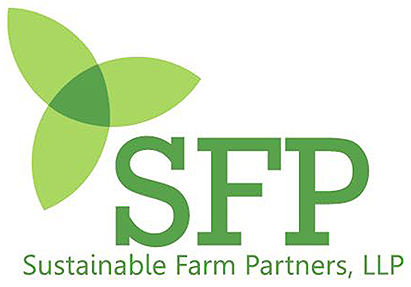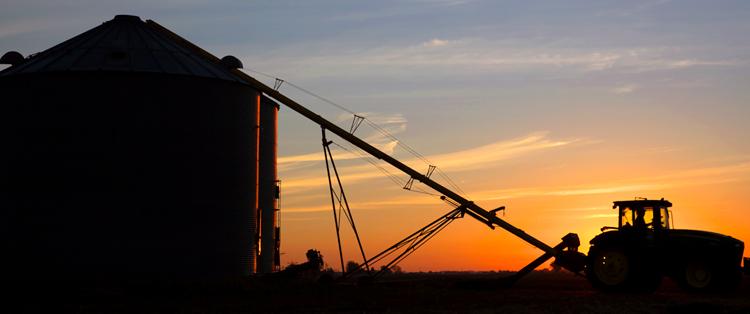Sustainable Farming: The Best Is yet to Come
Sustainable Farming: The Best is Yet to Come
By Harn Soper, CEO, Sustainable Farm Partners
Sustainable Farm Partners began to take seed when I was eleven. That was my first summer working with my Uncle Jack on our family farms in N.W. Iowa. I took great satisfaction knowing I was on a tractor cultivating corn while my friends back in Sioux City were riding their bicycles. But more important than my eleven-year-old ego was the work and responsibility handed to me leaving me with a love for farming and most importantly, a deep respect for farmers. That respect came home later that fall when my father came to me and asked how much I made last summer. At a dollar-an-hour I was proud to report that I made $385. He had just finished the books from the harvest when he told me that I made more money that summer than my Uncle Jack made all year.
Fast forward when my extended family told me it was my turn to run the family side of the farm business, as had my father for 30 years. I accepted under the condition that we agreed to begin farming organically. It was unanimous. What I learned over the following years making the successful transition from conventional chemical-based GMO farming to organic brought my understanding of the world of agriculture into clear view and that view was disturbing.
Iowa soils were eroding at an alarming rate under tillage practices that left the soil bare. Iowa groundwater was being contaminated by chemicals causing lawsuits between neighbors. Today, conventional GMO commodity grain prices are at or below the cost of production and, under the push to corporatize agriculture, our current farming system has forced smaller family farmers to get out. This condition is being repeated across the grain belt of this country.
Banks are a critical resource to farmers for both mortgages and operating loans. This year, banks have begun pulling back from making loans to farmers unless they can pledge enough equity to secure the loan. According to RaboBank, many farmland mortgages are at risk of default such that many banks can now only lend to the top 20 percent of farmers who have enough equity. That leaves 80 percent of our farmers and our country’s food security at risk. This is all because of pervasive low conventional grain prices and the growing demand by consumers for healthier food.
Organic Farming Today – It looks good on paper, but will it work on the ground?
The answer is a clear YES. With each harvest I’ve had the opportunity to track the progress of each of our farms. Harvest begins early. Looking back comparing 2008 conventional GMO crops to 2017 organic crops … the results were stunning. 2017 organic corn yields increased 25 percent. Organic soybean yields increased 26 percent. And our organic oats yields increased 69 percent.
While weather events can and do impact yields, the trajectory is clear. Each year as the soil grew healthier so did our yields and their capacity to withstand weather events while increasing nutritional value.
At the same time, the prices we received for our organic grains versus our conventional grains were as dramatic. Comparing 2008 with 2017 after only 6 years in organic production: organic corn prices per bushel increased by 170 percent, organic soybeans increased by 126 percent and our organic oats increased by 125 percent.
Investors with the capacity to think longer-term will find organic grain farming a proven safe haven in agriculture. With yield and prices combined, the net operating income (NOI) on our farms increased by nearly 300 percent. Add to that, over the past 70 years the value of our Iowa farmland has continued to appreciate at a rate that surpasses the S&P 500.
Read the rest of the blog post here- http://greenmoneyjournal.com/the-best-is-yet-to-come
======




